Introduction to Double & Triple Action
Orthotics Plus offers a range of AFOs referred to as double or triple-action AFOs.
During normal gait our foot and ankle move through different angles and ranges of motion.
When we prevent any of these movements there are flow on effects at the knee and in walking speed, gait efficiency and symmetry.
Double and triple action joints built into an AFO are designed to allow some of these movements at the ankle, whilst still providing adequate support for someone with muscle weakness or instability. The idea of using these joints is to provide a more natural and physiological way of walking.
- Double Action Joint: A double action joint typically allows two adjustable parameters- usually for dorsiflexion and plantar flexion. It allows customisation of resistance and assistance for both of these movements.
- Triple Action Joint: A triple action joint adds an extra level of control. In addition to the adjustments available in a double action joint, it includes a third parameter for alignment of the tibial angle.
This means we can tune a patients gait cycle by adjusting their AFO to allow them to walk more safely. It also offers more practical applications such as allow patients to switch between shoes with different heel heights.
This alignment adjustment can significantly impact the effectiveness and comfort of the orthotic device.
Orthotics Plus proudly prescribes customised AFOs with various joint configurations for our wonderful patients.
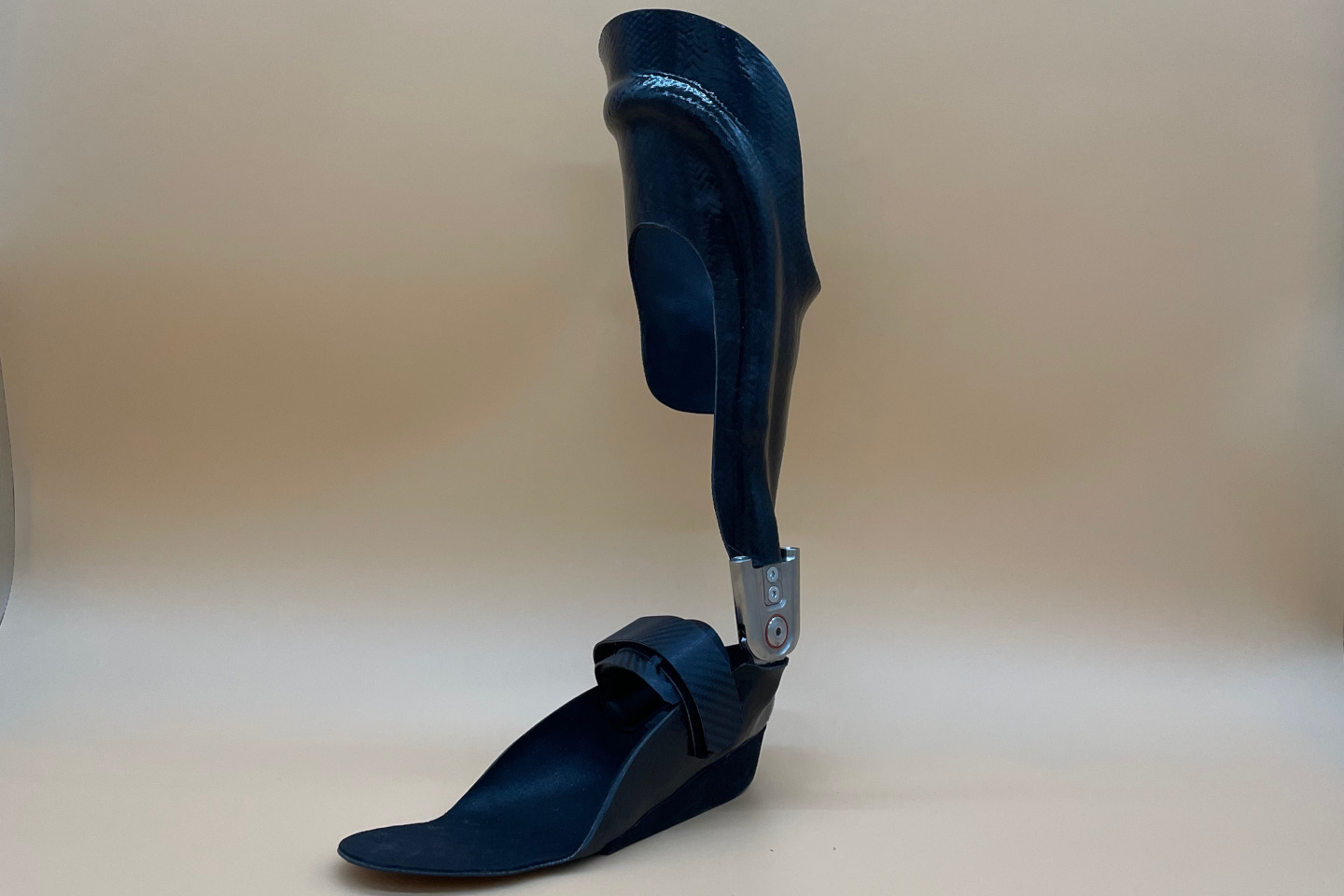
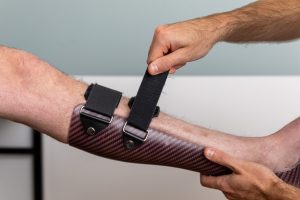
How Double & Triple Action AFOs Work
AFOs play a crucial role in optimising gait patterns and movement for those with lower limb weakness or paralysis.
Research has shown there is an optimal alignment of the shank (tibia) to a vertical reference point for human walking.
Adjusting the shank angle is essential to achieve the best posture, which is vital for efficient and natural gait. This is done as per standard with all AFO applications at Orthotics Plus.
Where double action joints differ is that we can then allow certain ranges of motion at the ankle to return gait to be more physiological. For example, allowing some plantarflexion at the ankle upon heel strike, when reduces rapid knee progression and allows a smoother weight acceptance.
Triple action joints then allow us to provide some more adjustability and for patients to increase options re shoe height. ALso, if their needs change, we can change their alignment without remaking their AFO.
By combining adjustments in ankle range of motion with appropriate shoe modifications, jointed AFOs can encourage optimal ankle and knee positioning. This alignment contributes to the promotion of a more natural gait pattern, ultimately enhancing overall movement.
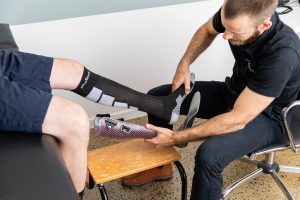
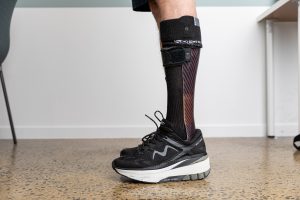
Considerations When Prescribing Double and Triple Jointed AFOs
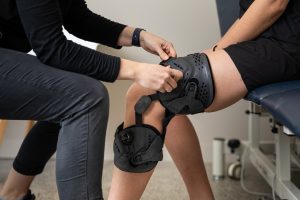
Learning Curve
Long-term immobilisation can result in the loss of muscle function and range of motion, required for the learning of new muscle activation patterns and adjustments in posture, such as transitioning from seated to standing positions.
Additionally, individuals may need to adapt to utilising their feet differently for improved stability and positioning. This learning process is crucial, particularly for those transitioning from alternative assistive devices.
We generally find that patients (especially those with uninterrupted motor patterns) just start walking normally with the double action joints.Stroke patients and those who are learning to walk again may require a bit more training, however the functional benefits are worth while.
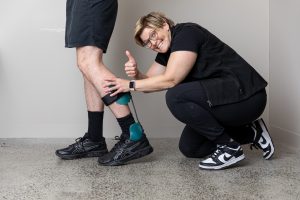
Motivation for Usage
Patient motivation to engage in this learning journey is another vital aspect assessed during our evaluations.
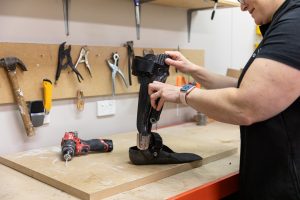
Design & Weight
The weight of the jointed AFO may be slightly more than that of a plastic one, however the improvement in walking pattern and efficiency usually outweighs the energy cost.
Preferences regarding their appearance vary among individuals; this is an individual preference.

Customisation
There are many materials and specifications which can alter the overall cost of an AFO.
For example, a double or triple action AFO can be made using any mixture of carbon fibre, steel, plastic or pre-impregnated plastic, joints, and manufacturing processes, all offering different outcomes and energy returns to the wearer.
It is, however, the role of our Orthotists to prescribe what the patient requires. For example, a basic, lower-cost AFO may be perfectly suitable, and additional specifications are unwarranted.
Ideal Outcomes for Patients
The prescription of double or triple action AFOs can lead to several positive outcomes.
- It improves gait quality, making it more efficient and reducing fatigue.
- Additionally, it promotes a more natural gait pattern. When individuals have an antalgic or asymmetrical gait, it often results in various issues such as back pain, neck pain, contralateral leg pain, and hip pain.
- Improved independence and quality of life
- Promotes improved blood flow and joint health by allowing movement at the joint
Therefore, the overall objective is to achieve a more balanced and natural gait. Double and triple action ankle joints facilitate this goal by allowing for adjustments that promote symmetry and natural movement.

Contact Orthotics Plus Today
Orthotics Plus is very experienced at AFO prescription- we have vast experience serving people living with a disability and prescribing this type of technology.
- We are NDIS-registered
- We advocate for choice and control
- We are a well-established provider with multiple clinic locations
- We are staffed by a caring, Australian Clinical and Administration team
To start your journey on the appropriate AFO prescription, please get in touch with any of our clinics. We look forward to supporting you.
Please use our referrals or clinic locations pages to get started.
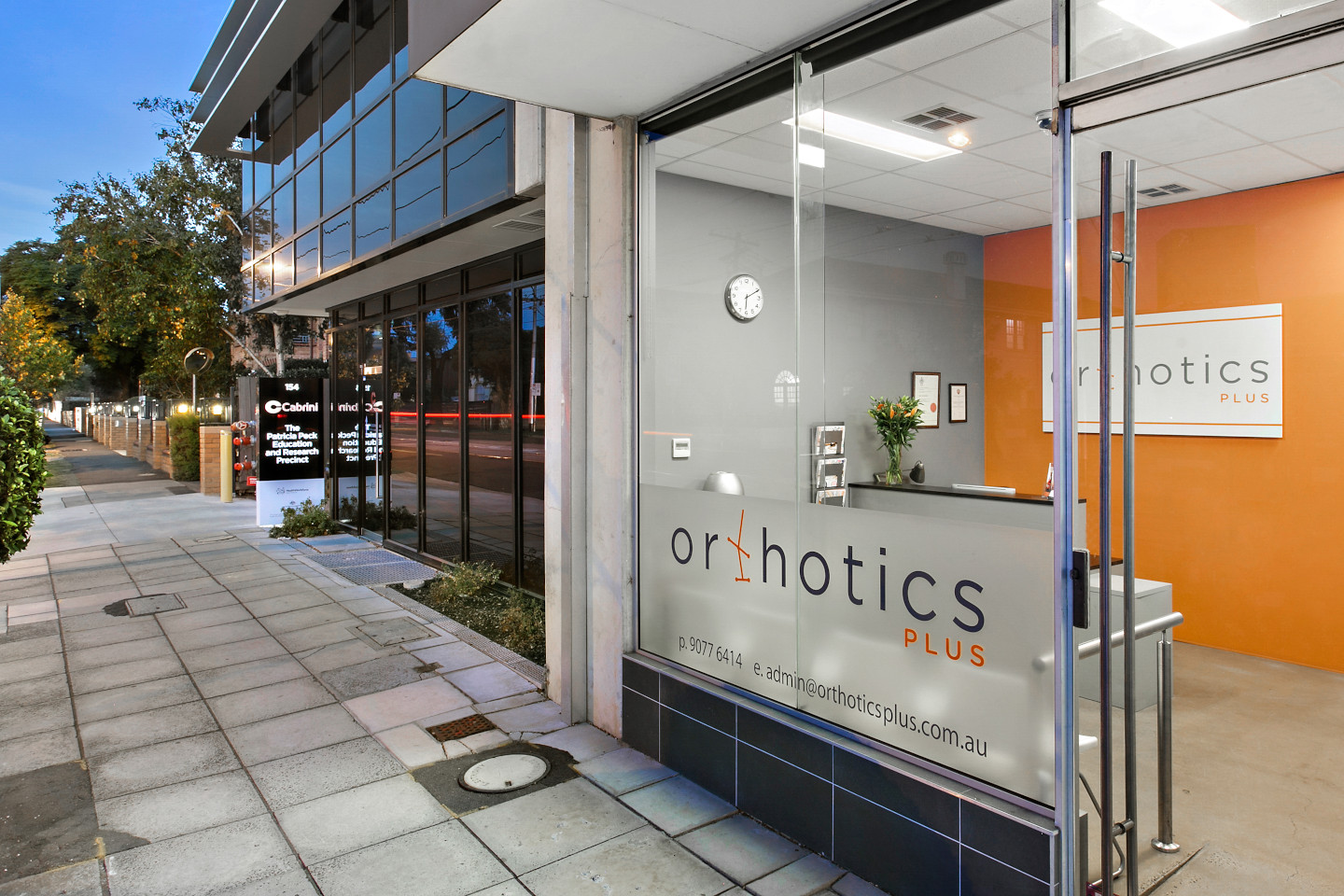
Jointed AFO FAQ
Our process involves conducting a gait assessment of the patient. We evaluate their strength, ankle/knee range of motion, aiming to facilitate the most natural and comfortable gait possible for them. This often entails adjusting the range of motion at the ankle joint.
Patients who require a controlled range of motion (ROM) often include those with musculoskeletal or neurological conditions that affect joint stability, alignment, or function. For instance, individuals with conditions such as cerebral palsy, stroke, multiple sclerosis, or muscular dystrophy may experience difficulties with muscle control, coordination, and joint stability, leading to abnormal joint movements and gait patterns.
During our assessment, we determine whether a triple action or a double action joint is suitable and we can then try a trial kit on a patient.
In reality, either option can be appropriate for most patients; the deciding factor often comes down to justifying the cost/necessity for each case.
Our goal is to ensure that the patient can effectively utilise the available range of motion at the ankle joint. If they can’t, we may opt for a different, possibly more cost-effective AFO.
At Orthotics Plus, we help people in various funding schemes, these include:
- NDIS
- TAC
- Worksafe
- DVA
- Privately
Our friendly administration team are happy to answer your financial-related questions at any stage.